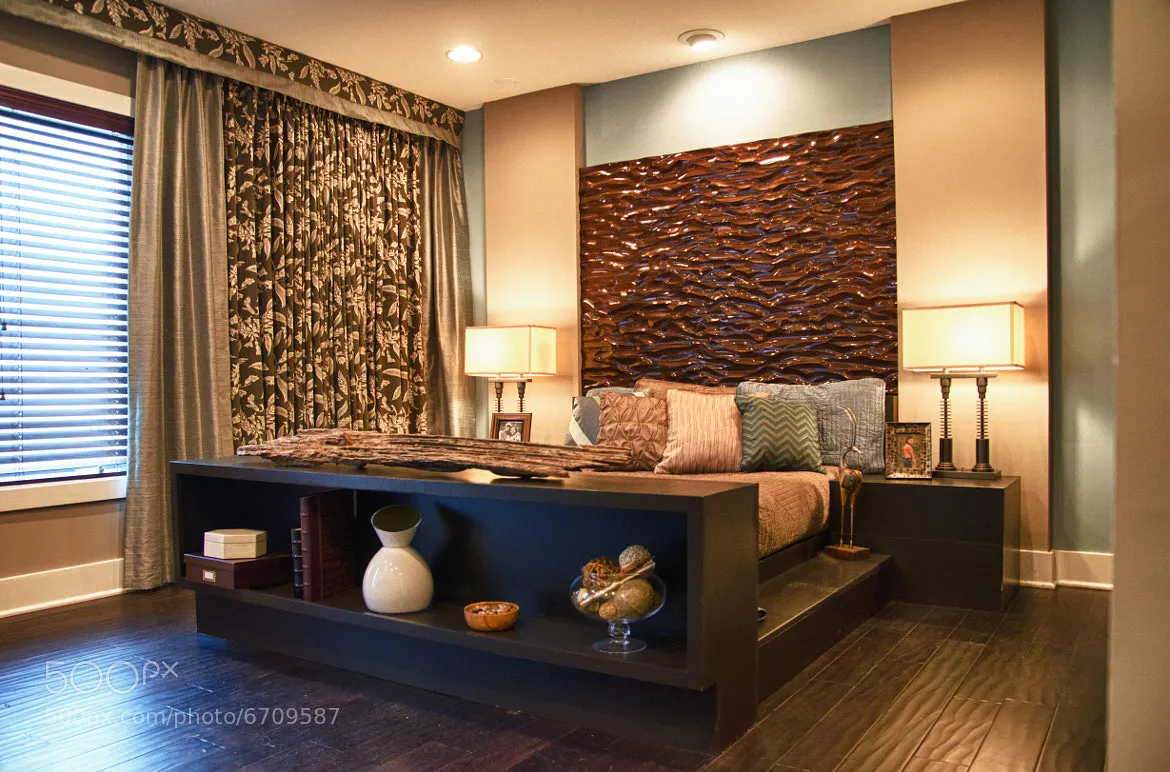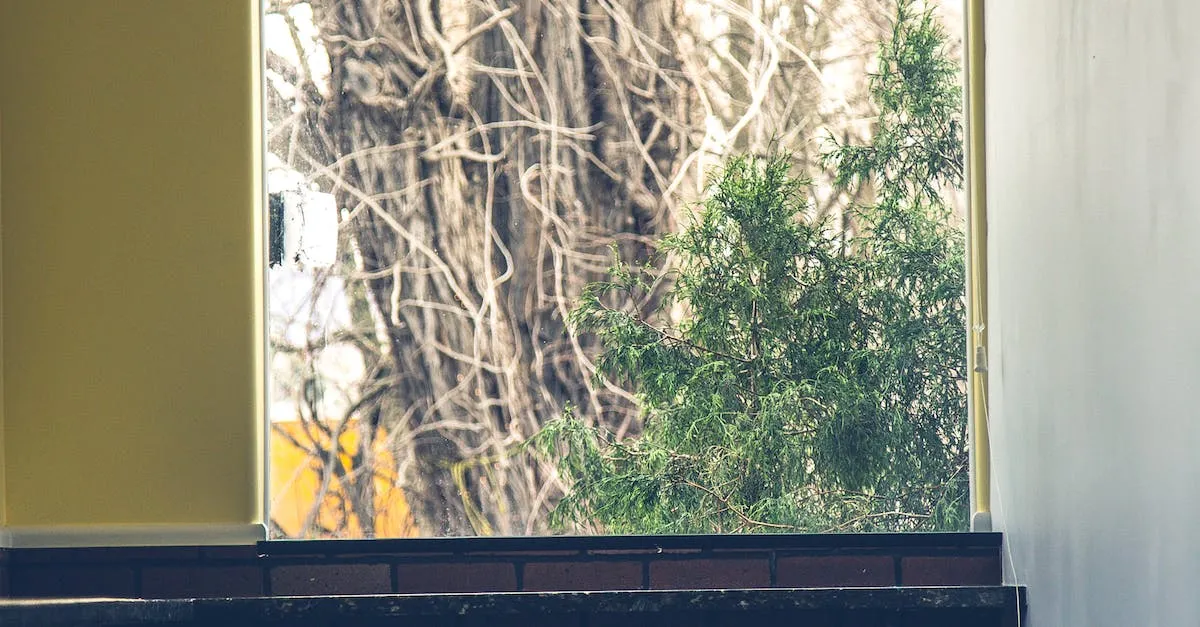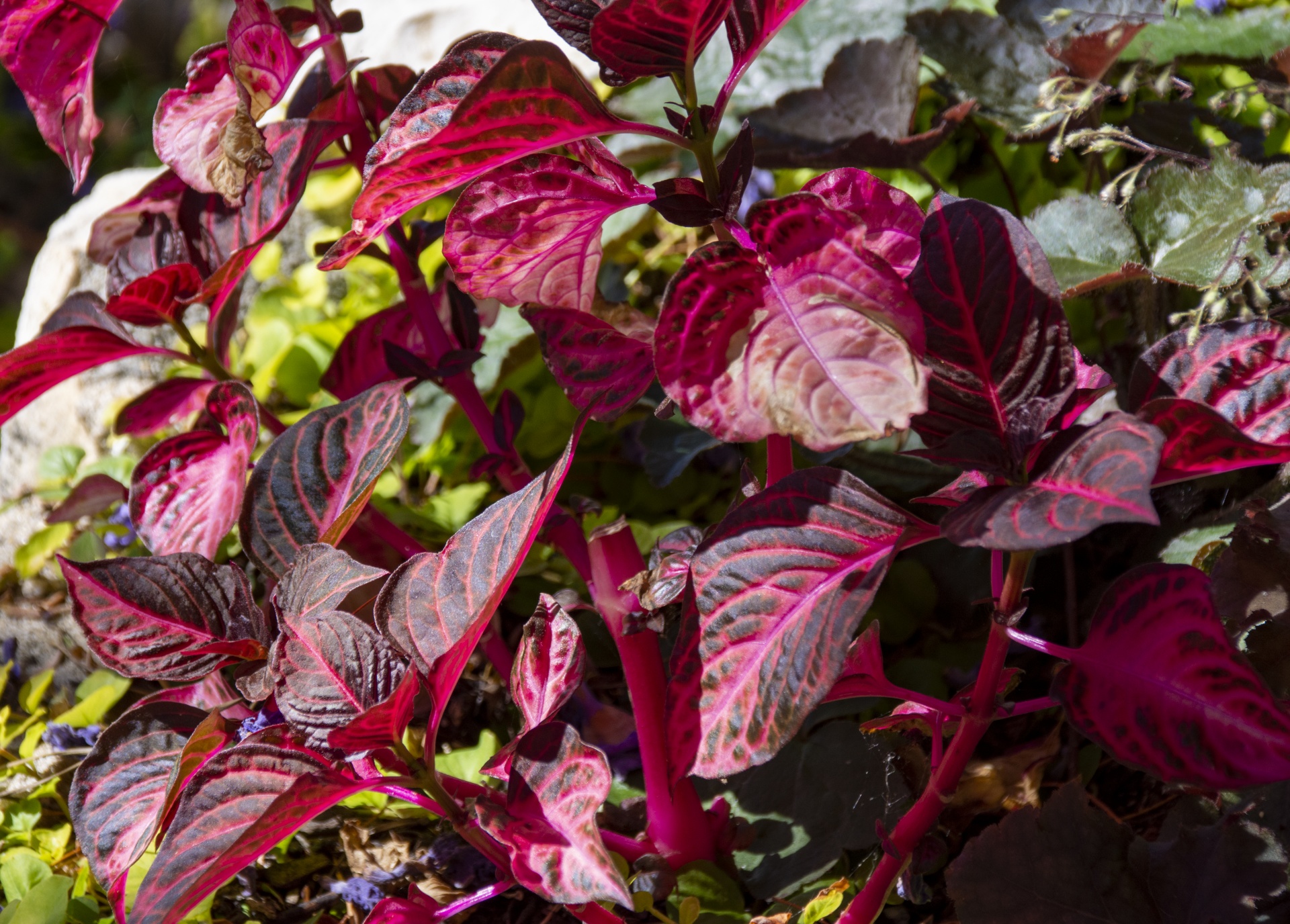When the summer heat becomes unbearable, a portable AC unit can be your best friend. These compact, mobile devices offer a convenient way to cool down any room without the need for permanent installation. But have you ever wondered how they actually work?
In essence, portable air conditioners function similarly to traditional window units but with added flexibility. They draw in warm air from the room, cool it down using a refrigerant, and then expel the cooled air back into the room while venting the hot air outside through a hose. Understanding this process can help you make the most of your portable AC and ensure it runs efficiently.
Understanding How Portable AC Units Work
Understanding how portable AC units work helps you make informed decisions. These units are efficient, easy to install, and improve home comfort.

Basic Components of Portable AC Units
Every portable AC unit has several key components:
- Compressor: Compresses refrigerant gas.
- Condensor: Turns gas into liquid, removing heat.
- Evaporator: Absorbs heat from the air.
- Fan: Circulates air through the unit.
- Exhaust Hose: Vents hot air outside.
- Filter: Traps dust and particles.
The Cooling Process Explained
Portable AC units cool through a straightforward process:
- Air Intake: The unit draws in warm room air.
- Refrigerant Cooling: The compressor and condenser work to cool the air using a refrigerant.
- Heat Removal: Hot air is expelled through the exhaust hose.
- Cool Air Release: The evaporator releases cool air back into the room.
Effectively managing this process ensures your portable AC unit runs efficiently and keeps your space comfortable.
Benefits of Using Portable AC Units
Portable AC units offer several advantages for homeowners. Explore their benefits below.
Space Efficiency
Portable AC units, compared to window units, save valuable window space. They’re compact and can be easily moved from one room to another. This optimizes space use and flexibility within your home layout.
Energy Consumption
Portable AC units, designed for single-room cooling, often use less power than central air systems. This leads to lower electricity bills, particularly in smaller homes or apartments. Modern models come with energy-saving features like programmable timers and sleep modes, enhancing efficiency.
By understanding these benefits, you can make informed decisions to improve your home’s comfort and energy efficiency.
Choosing the Right Portable AC Unit
Selecting the right portable AC unit enhances your home’s comfort. Consider several factors to make an informed choice.
Factors to Consider
Room Size
Match the AC unit’s capacity to the room size. Measure your room’s square footage. A 12,000 BTU unit suits a 400-450 sq. ft. space.
Energy Efficiency
Check the unit’s Energy Efficiency Ratio (EER). Higher EER means more energy savings. Look for units with an EER above 10.
Noise Levels
Consider the unit’s noise level. Units with a decibel rating below 50 are quieter and more suitable for bedrooms.
Ventilation
« How to Calibrate Food Thermometers: Expert Tips for Perfectly Safe Cooking Every Time
Discover the Top 5 Best Iced Tea Makers of 2023: Consumer Reports Revealed »
Ensure you have proper ventilation. Position the exhaust hose to expel hot air outside effectively. Consider window or sliding door kits for venting.
Features
Look for additional features. Features like dehumidifiers, programmable timers, and remote controls offer added convenience.
Tips for Best Performance
Position the unit close to a window. Shorter exhaust hoses boost efficiency. Clean or replace filters regularly. Clogged filters reduce airflow and cooling efficiency. Keep doors and windows closed when the unit’s running. Open doors reduce cooling effectiveness. Follow maintenance guidelines in the user manual.
By assessing these factors and following performance tips, you ensure optimal use of your portable AC unit.
Maintenance and Troubleshooting
Portable AC units need regular care to work efficiently. Follow these steps to ensure peak performance.
Routine Maintenance Tips
Regularly clean and replace filters. Most manufacturers recommend cleaning filters every two weeks. For deep cleaning, rinse with water and let it dry completely.
Check for blockages in the exhaust hose. Obstructions can reduce efficiency. Clear any debris from the hose to ensure proper airflow.
Inspect the water tank. Empty it regularly to prevent overflow. Use a damp cloth to clean the tank and prevent mold growth.
Wipe down the exterior every month. Use a moist cloth to remove dust and grime from vents and casing.
Common Issues and Solutions
If the AC isn’t cooling, check the thermostat settings. Make sure the temperature is set lower than the room temperature.
Noisy operation often indicates loose parts. Tighten any loose screws or parts.
Water leakage usually means the tank is full or improperly sealed. Empty the tank and check for proper sealing.
Inconsistent airflow might be due to a dirty filter. Clean or replace the filter as needed.
If the unit won’t power on, ensure it’s plugged in properly. Check the circuit breaker if needed.
Conclusion
Understanding how your portable AC unit works can make a big difference in keeping your home cool and comfortable. By knowing the key components and how they interact, you can optimize your unit’s performance. Regular maintenance like cleaning filters and checking for blockages ensures your AC runs smoothly. Troubleshooting common issues can save you time and keep your unit in top shape. With a bit of care and attention, your portable AC will be your best friend during those hot summer days. Happy cooling!















